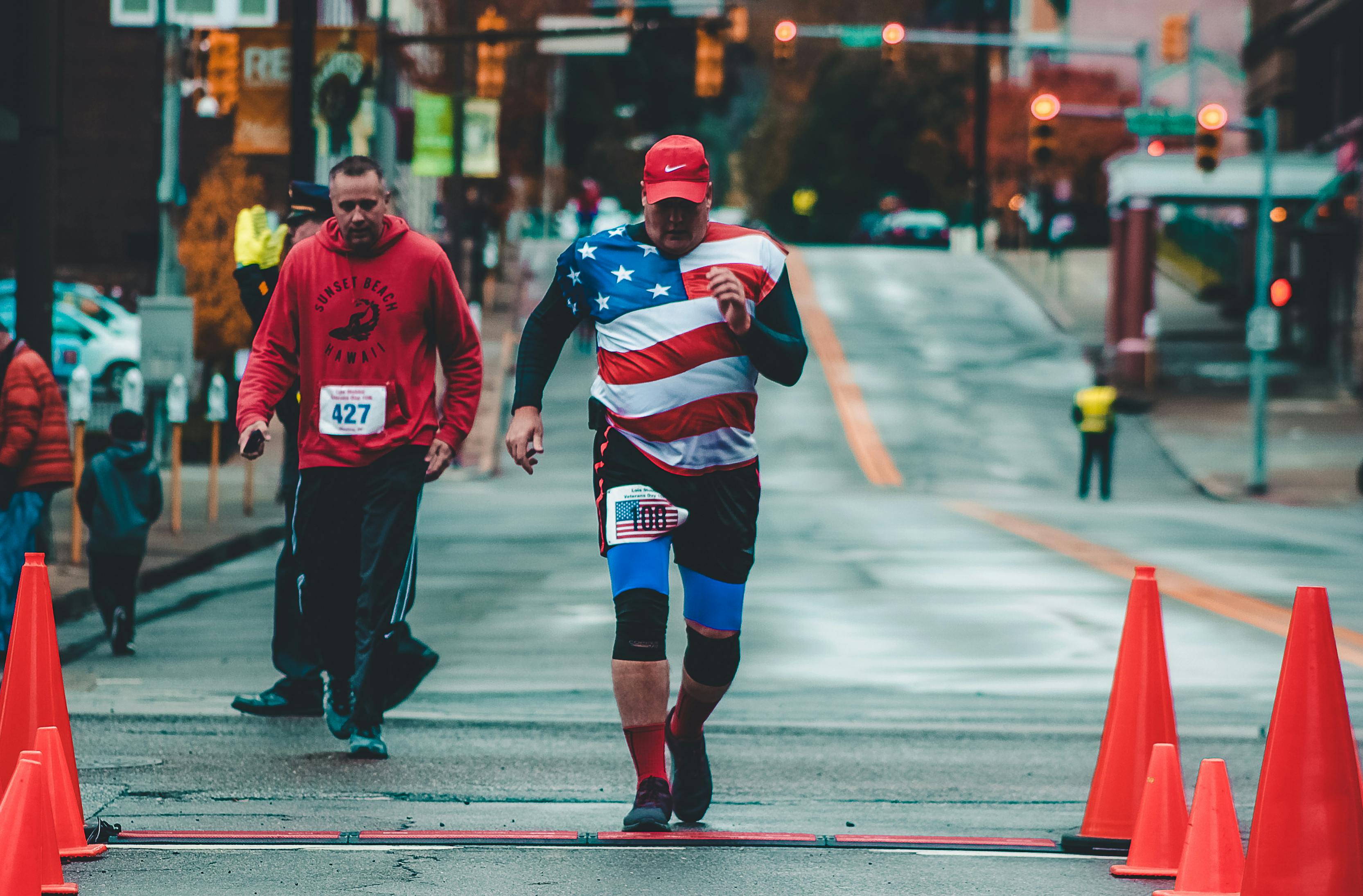There are several terminologies in leather goods. The leather artist must understand these terms. He must perfectly know its meanings so that he can be a boss or exponent in the field. Some of these terms in leather goods are discussed.
Appliqué is a decorative technique in leather goods whereby a cut-out design is glued to the surface of the leather and sewn around it. Antique is a decorative treatment given to leather. It is about giving the leather a softened effect so that it looks like an old piece.
Bakometer is a hydrometer used to determine the specific gravity of tanning solutions. Bazaar is the sale of a wide range of leather goods in a trade or store. Burnishing is a finishing technique in leather goods that consists of giving shine to the surface of the leather by rubbing its surface with a smooth instrument such as a bottle, the disc of a spoon, etc. Blushing is the darkening or mottling of the leather finish as a result of condensed moisture during the drying of the finish.
A groove is a slanted cut made around the edge of a sole or insole to provide a groove for stitching and to keep the thread line below the surface of the leather. Control is the spacing of the leather or composition heel lifts from each other. The crop is one side with the belly cropped. Crocking is the transfer of finish or color when leather is rubbed with a damp or dry cloth. Curry is a process of treating tanned hides with oils and fats to prepare them for the sole of belts, harness leather, etc.
Dyeing is a decorative technique that involves applying a liquid coloring agent to leather material in a decorative way to create pleasing effects on the leather. Dubbing/Dubbin is a mixture of oils and fats for leather padding.
Embossing is the creation of raised patterns on leather as a decorative effect. It can be done by heating the surface of the leather with a stamping tool or by placing a cut out hardboard design and laying the leather on top of it. The exhibition is a public display of products to attract viewers and buyers. The eyelet is an annular ring of metal or other material inserted into leather to provide a durable ring for tying.
Goring is a fabric woven with rubber threads that form an elastic material. It is used as an insert in footwear. Scoring is a decorative technique that involves reducing the thickness of the leather around a marked design on a leather material by grinding or cutting, just as with wood or other materials. Inlaying is a decorative technique that involves cutting out a drawn design (i.e. positive areas) and placing a new piece of colored leather under the cut out design, hence inlaying. The inlaid leather piece is held in position whether stitched, stitched or glued. Lacing: This is the joining of a piece of leather with a lacing (a decorative openwork using thread).
Marbling is a decorative technique in which a piece of leather is crinkled and dyes are sprayed onto it to create decorative patterns. The braiding technique involves braiding strips of leather to join pieces together. Quirk – A small triangular piece of leather worn between the fingers of a glove.
The singeing technique is applied to the leather by first sketching or tracing patterns, motifs, drawings, etc. on leather, a metal rod or welding rod is then heated and in the hot state is used to burn along the lines scribed on the leather. The stripe is a cut made with a skinning knife on the meat side during removal of the skin from the carcass. Scudding- The removal of scudding from hairless hides by scrapping it with a blade, either by hand or with a machine.
Slat is a dry, raw sheepskin with little to no wool. Slunk is the skin of an unborn or prematurely born animal, especially a calf. Skiver is the grain division of a sheepskin used for hats and small leather goods. Shank refers to the part of the shoe that goes under and supports the arch of the foot. Suede: leather finished by buffing with an emery wheel to produce a plush surface.
Stamping: This is the creation of designs on the leather material using hot stamps of different designs.
Stuffing is the process of incorporating fat into leather by pounding wet leather with warm, molten fat and oils. Tooling is a decorative technique that involves creating finely outlined patterns on a leather item. The leather material is wet or damp. The outlined pattern is created in pencil on the leather item. A round, sharp-edged tool that can be heated is made to go through the contours to create the pattern on the leather item. Vamp is the bottom part of a shoe upper that is attached to the sole or welt. The calf is a large calfskin almost as big as a kip. Waxing is the application of wax to leather as a form of polish or finish. It can also be applied to threads to strengthen them before using them for sewing. Weaving is creating an interlocking design or pattern with different colored leather strips on a leather item.
